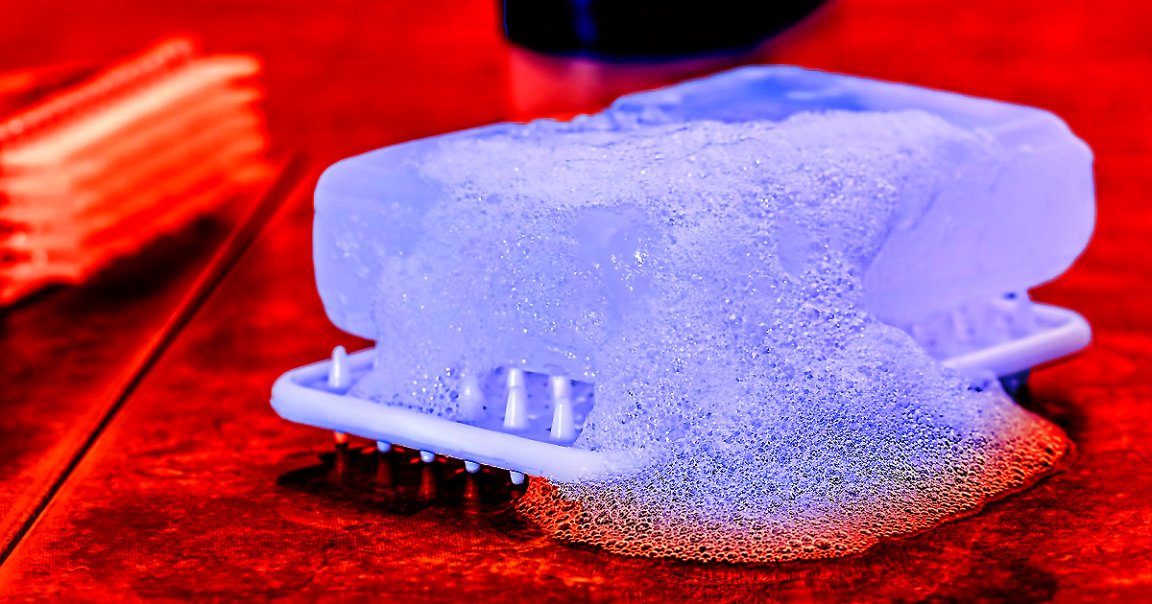
In the global health war against the COVID-19 coronavirus, there are two measures we know of that effectively prevent the spread of the outbreak while the world waits on a vaccine: Quarantine/social isolation, and cleaning your hands. But what’s the best — if not only surefire way — to get that right?
Washing them with soap and water.
Not hand sanitizer.
Not just water.
It’s soap and water.
This might seem obvious, but it turns out there’s a truly fascinating bit of science involved in the way viruses cling to our skin. Once you learn just how weaponized you are with water and a little bit of soap, there’s no turning back. Also, it’ll make you realize that panic–buying hand sanitizer is slightly absurd — when all you need is water (and a little bit of soap).
Palli Thordarson, a professor at the University of New South Wales School of Chemistry, took to Twitter on Sunday night for a 25-part thread about exactly what happens when water and soap hit your mitts.
In the first part of the thread, he explains why soap and water basically take out the bottom piece of a tower of Jenga blocks, or, in his words, a house of cards:
It gets really wonderful early on, when Thordarson basically illuminates why one of the most common things in the world — not hand sanitizer or any of the ostensibly fancier or more portable products available to us — are the key to fighting COVID-19:
The next few tweets go into the chemical breakdown of nanoparticals:
And then there’s that whole “sneezes can send particles flying from 30 feet away” thing, which, honestly, we might try to forget. But there it is:
Also, here’s even more stuff you didn’t know: The ways in which various surfaces do and don’t carry the virus. Flat surfaces? Less to stick to for the virus. Rougher surfaces? Plenty to pull the virus apart on.
And your skin? Your skin is COVID-19’s favorite surface, basically:
And here’s where the hand-washing fun comes into play:
Not that you need reminding, but please do not wash your hands with Tito’s, or Jack Daniel’s. It’s a perfectly good waste of both:
And finally, the conclusion, et voila: Soap. And. Water.
Please feel free to anoint Prof. Palli Thordarson, a prize of a human, how you shall — long live, Prof. Soapy, Soapy King, Soapy Daddy, et al — but really, the best way to thank this guy for his service to the world is, pretty obviously, by washing your hands with soap and water, often, and well.